When it comes to providing optimal patient care, hospitals rely on a range of equipment to ensure comfort, safety, and efficient treatment practices. Among the essential components of healthcare facilities are hospital beds. These specialized beds not only provide patients with a comfortable resting place but also assist medical professionals in delivering appropriate care. In this article, we will delve into the different types of beds found in hospitals, their unique features, and the benefits they provide to patients and healthcare providers alike. 1. Standard Beds: Standard hospital beds serve as the foundation for patient care in hospitals. These beds are adjustable, allowing medical staff to raise or lower the height to a comfortable level for patient care, movement, and ease of access. They also come equipped with side rails that can be raised or lowered as needed, ensuring patient safety.
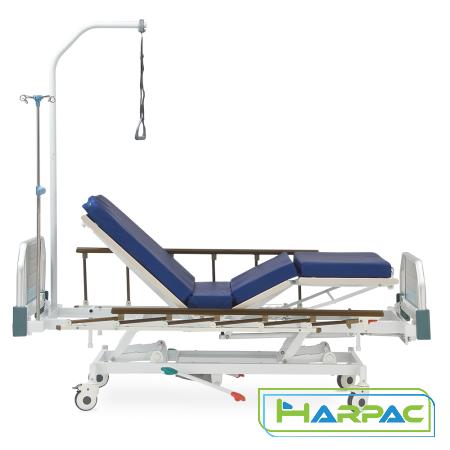
.
 2. Intensive Care Unit (ICU) Beds: ICU beds are specifically designed to meet the critical needs of patients in intensive care units. These beds are equipped with advanced features such as motorized controls for multiple positioning options, including Trendelenburg and reverse Trendelenburg. ICU beds also have a built-in scale for accurate weight measurement and are compatible with various medical accessories like IV poles and monitor trays. 3. Birthing Beds: Designed to provide comfort and support during labor and delivery, birthing beds offer adjustability, including positions for different stages of childbirth. These beds often come equipped with stirrups to aid in the delivery process, ensuring the comfort and safety of both the patient and medical staff. 4. Bariatric Beds: Bariatric beds are specifically designed for individuals with obesity or excessive weight. These beds have higher weight capacities and are wider and longer than standard beds to accommodate larger patients comfortably. Bariatric beds also offer additional safety features such as reinforced frames, wider side rails, and specialized pressure redistribution mattresses.
2. Intensive Care Unit (ICU) Beds: ICU beds are specifically designed to meet the critical needs of patients in intensive care units. These beds are equipped with advanced features such as motorized controls for multiple positioning options, including Trendelenburg and reverse Trendelenburg. ICU beds also have a built-in scale for accurate weight measurement and are compatible with various medical accessories like IV poles and monitor trays. 3. Birthing Beds: Designed to provide comfort and support during labor and delivery, birthing beds offer adjustability, including positions for different stages of childbirth. These beds often come equipped with stirrups to aid in the delivery process, ensuring the comfort and safety of both the patient and medical staff. 4. Bariatric Beds: Bariatric beds are specifically designed for individuals with obesity or excessive weight. These beds have higher weight capacities and are wider and longer than standard beds to accommodate larger patients comfortably. Bariatric beds also offer additional safety features such as reinforced frames, wider side rails, and specialized pressure redistribution mattresses.
..
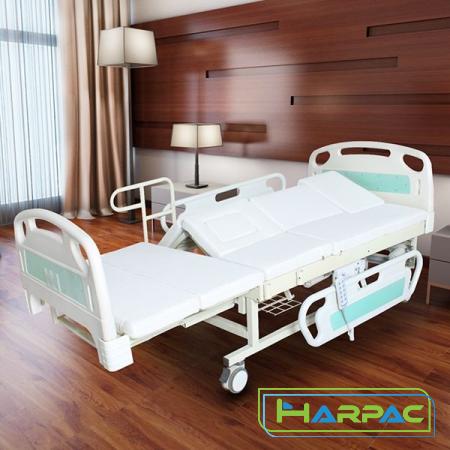 5. Pediatric Beds: Pediatric beds cater specifically to the unique needs of young patients. These beds are designed with features that ensure safety and comfort for children during their hospital stay. Pediatric beds typically have lower height settings to facilitate ease of access for medical staff, side rails appropriate for the child’s size, and vibrant designs that create a child-friendly environment. 6. Long-term Care Beds: Long-term care beds, often found in nursing homes and rehabilitation centers, are specialized for patients requiring extended or palliative care. These beds prioritize patient comfort and mobility by offering adjustable head and foot sections, removable side rails, low-to-floor settings, and integrated pressure ulcer prevention mattresses.
5. Pediatric Beds: Pediatric beds cater specifically to the unique needs of young patients. These beds are designed with features that ensure safety and comfort for children during their hospital stay. Pediatric beds typically have lower height settings to facilitate ease of access for medical staff, side rails appropriate for the child’s size, and vibrant designs that create a child-friendly environment. 6. Long-term Care Beds: Long-term care beds, often found in nursing homes and rehabilitation centers, are specialized for patients requiring extended or palliative care. These beds prioritize patient comfort and mobility by offering adjustable head and foot sections, removable side rails, low-to-floor settings, and integrated pressure ulcer prevention mattresses.
…
 Conclusion: Hospital beds play a crucial role in patient care, providing comfort, safety, and functionality for various medical conditions and treatments. From standard beds to ICU beds, birthing beds to bariatric beds, pediatric beds to long-term care beds, each type has its distinct features and benefits tailored to meet specific patient needs. By understanding the different types of hospital beds available, healthcare providers can ensure that patients receive the level of care necessary for their conditions while experiencing optimal comfort throughout their stay. Ultimately, the right bed choice contributes significantly to the overall patient experience and supports medical professionals in providing the best possible care.
Conclusion: Hospital beds play a crucial role in patient care, providing comfort, safety, and functionality for various medical conditions and treatments. From standard beds to ICU beds, birthing beds to bariatric beds, pediatric beds to long-term care beds, each type has its distinct features and benefits tailored to meet specific patient needs. By understanding the different types of hospital beds available, healthcare providers can ensure that patients receive the level of care necessary for their conditions while experiencing optimal comfort throughout their stay. Ultimately, the right bed choice contributes significantly to the overall patient experience and supports medical professionals in providing the best possible care.
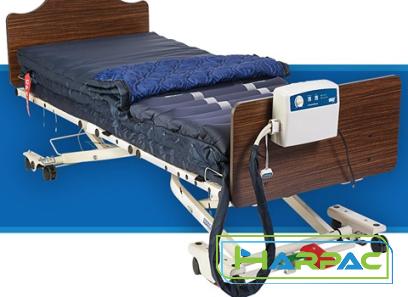

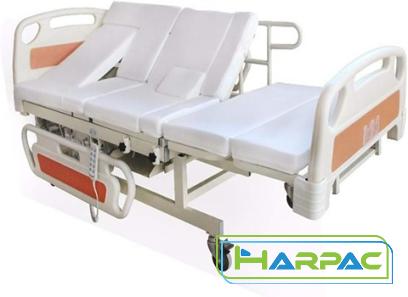
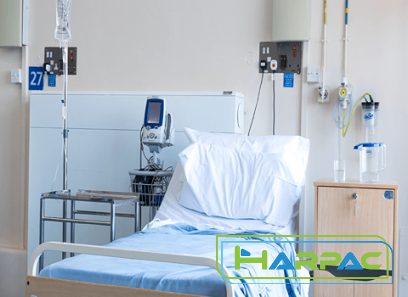
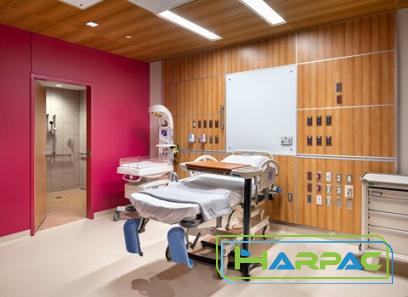
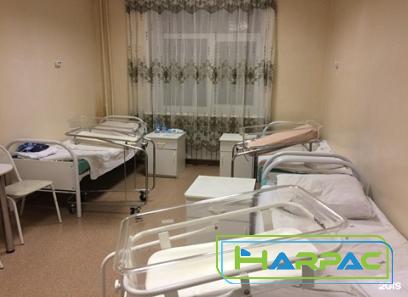
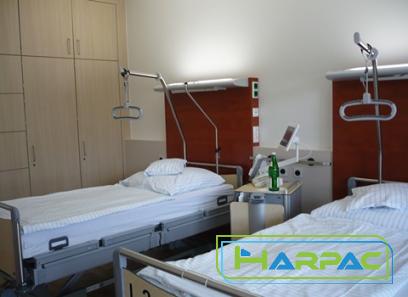
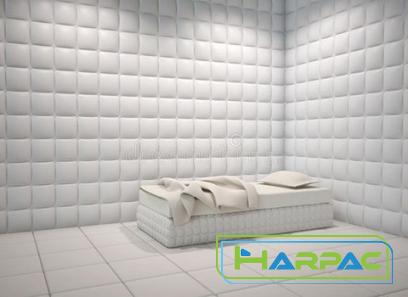

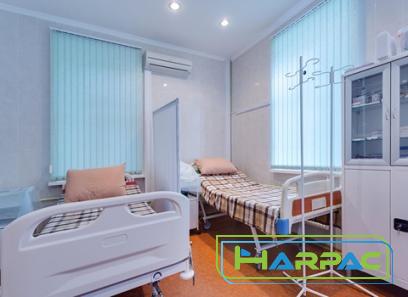
Your comment submitted.